The Importance of Concrete Polishing
Concrete polishing isn’t just about creating visually appealing surfaces; it’s a multifaceted process that brings forth numerous benefits crucial for various environments. Here’s why the importance of concrete polishing cannot be overstated:
- Longevity: Polished concrete surfaces are built to last. Through the process of grinding, honing, and polishing, concrete becomes denser and more resistant to wear and tear. This enhanced durability significantly reduces the need for frequent repairs or replacements, saving both time and money in the long run.
- Sustainability: In an era where environmental consciousness is paramount, concrete polishing emerges as a sustainable flooring solution. By repurposing existing concrete floors, polishing eliminates the need for new construction materials, thus reducing waste and minimizing the carbon footprint associated with new construction projects.
- Safety: Safety is a top priority in any environment, and polished concrete surfaces contribute to creating safer spaces. The smooth, glossy finish of polished concrete offers enhanced traction, minimizing the risk of slip and fall accidents, particularly in high-traffic areas. This ensures a safer environment for residents, employees, and visitors alike.
- Cost-effectiveness: Beyond its initial installation, polished concrete proves to be a cost-effective flooring solution over time. With minimal maintenance requirements compared to other flooring options, such as carpets or hardwood, polished concrete saves both time and money on cleaning and upkeep. Additionally, its longevity reduces the need for frequent repairs or replacements, further lowering long-term maintenance costs.
- Aesthetic Appeal: While the practical benefits of concrete polishing are undeniable, its aesthetic appeal should not be overlooked. The glossy finish of polished concrete enhances the overall ambiance of any space, lending it a sleek, modern look that elevates the visual appeal of residential, commercial, and industrial environments alike.
Concrete polishing is a comprehensive process that delivers lasting benefits beyond mere aesthetics. From enhancing durability and sustainability to improving safety and cost-effectiveness, polished concrete surfaces offer a multifaceted solution for various environments. Whether it’s for residential homes, commercial spaces, or industrial facilities, the importance of concrete polishing cannot be understated in creating functional, attractive, and sustainable environments.
Customers We Service

Residential Customers
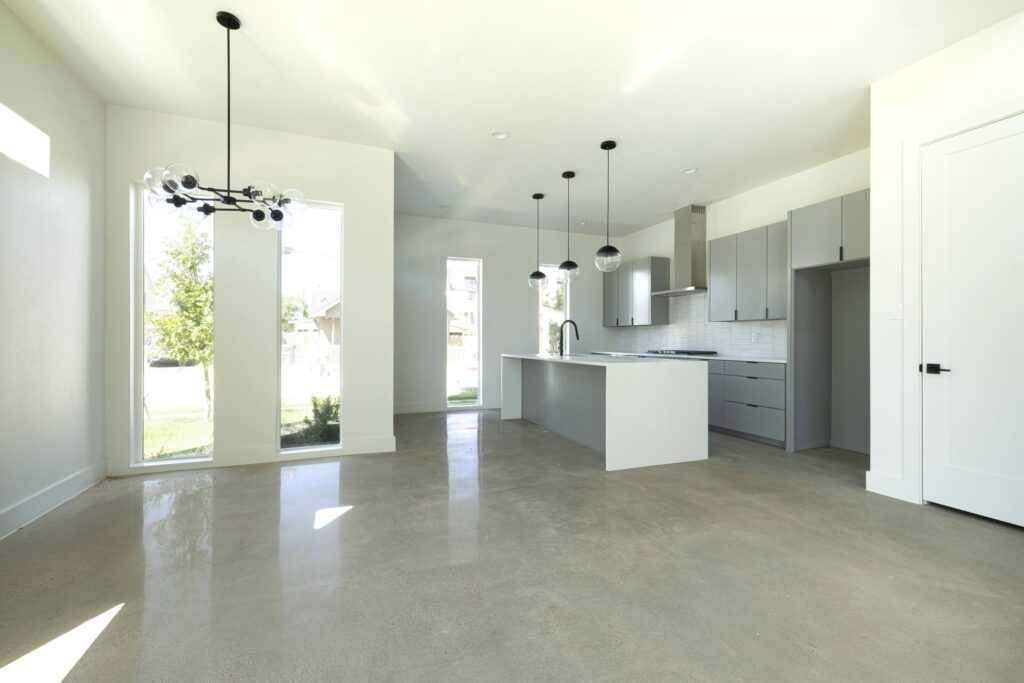
Commercial Customers
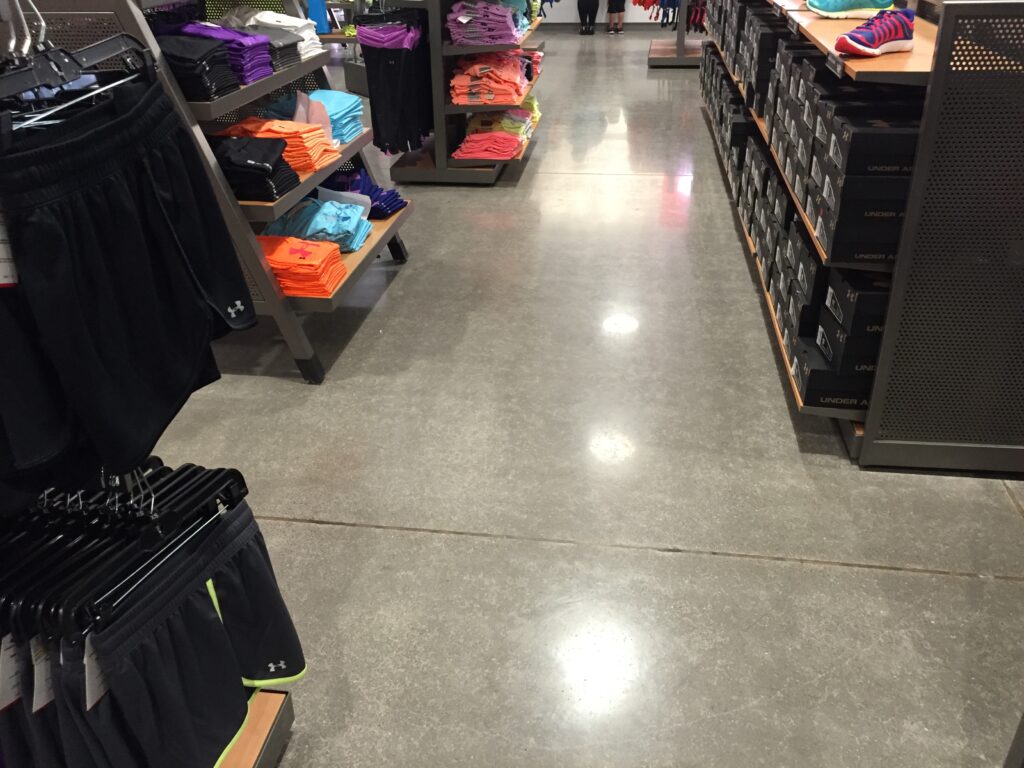
Industrial Customers
Concrete Polishing Services We Offer
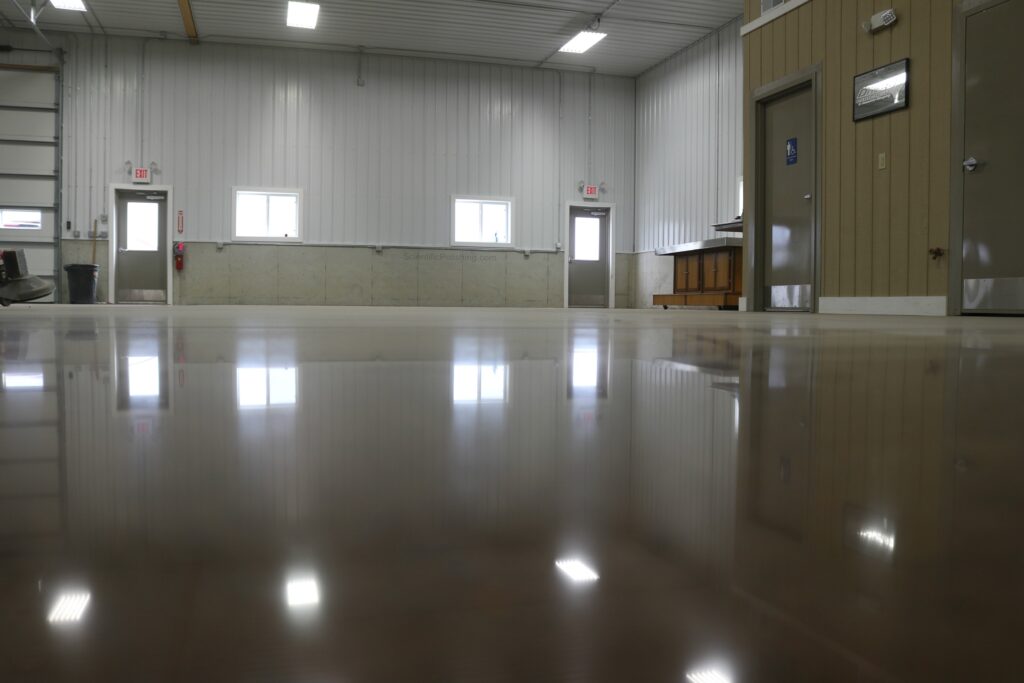
Residential Concrete Polishing

Commercial Concrete Polishing
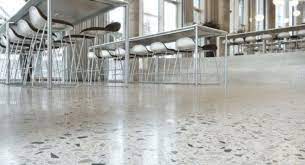
Industrial Concrete Polishing
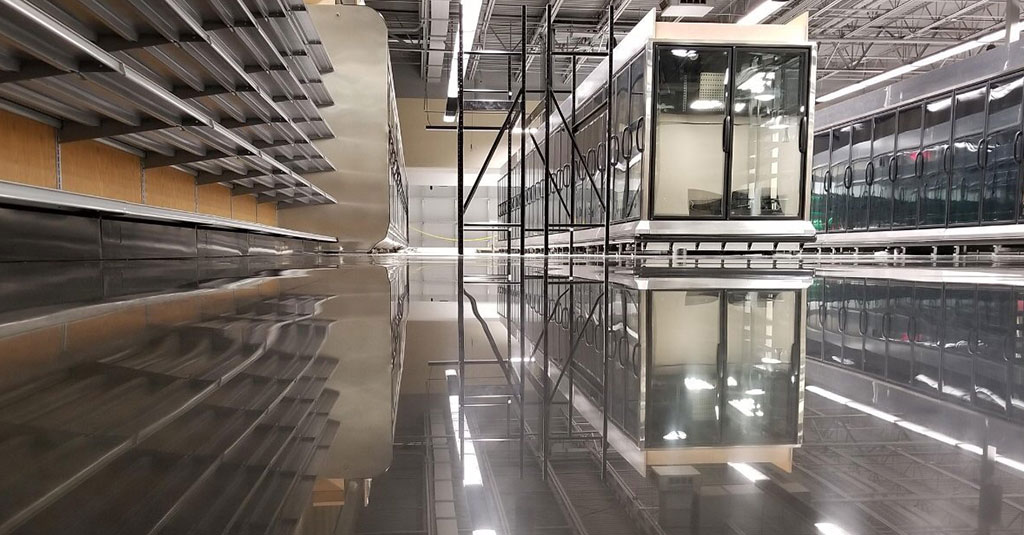
Garage Concrete Polishing
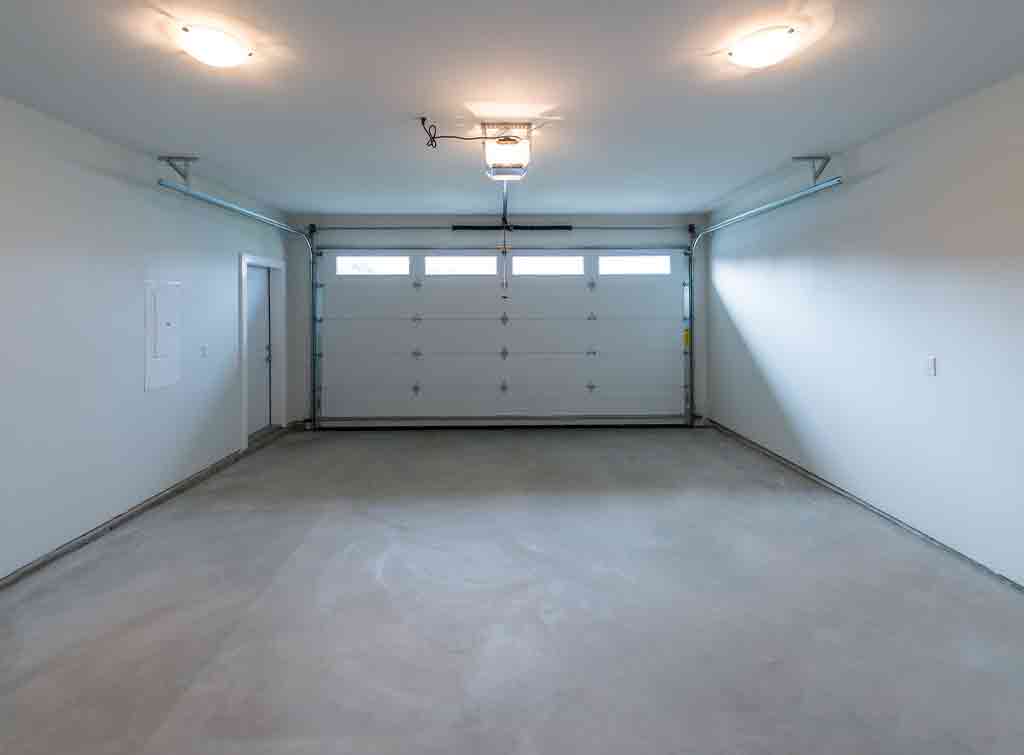
Benefits of Concrete Polishing
Concrete polishing offers numerous benefits that make it a preferred flooring solution:
- Durability: Polished concrete surfaces are resistant to abrasions, stains, and impact damage.
- Sustainability: By repurposing existing concrete floors, polishing reduces the need for new construction materials.
- Low Maintenance: Polished concrete requires minimal maintenance, saving both time and money.
- Enhanced Safety: The smooth, glossy finish of polished concrete improves traction, reducing the risk of slip and fall accidents.
- Aesthetic Appeal: With its sleek, modern look, polished concrete enhances the overall ambiance of any space.
The Process of Concrete Polishing
Concrete polishing is a meticulous process that involves several steps to transform ordinary concrete surfaces into sleek, polished floors. Each stage plays a crucial role in achieving the desired finish, durability, and aesthetic appeal. Let’s delve into the intricacies of this process:
Surface Preparation
- Before any polishing begins, the concrete surface must be thoroughly cleaned and prepared. This involves removing any existing coatings, adhesives, or contaminants that may hinder the polishing process.
- Surface profiling may also be necessary to ensure proper adhesion of the polishing materials. This can be achieved through shot blasting or diamond grinding to expose the desired aggregate level.
Grinding
- The grinding stage is the initial step in the concrete polishing process. It involves using diamond abrasive pads or grinding discs to remove imperfections, surface irregularities, and any remaining coatings.
- Depending on the condition of the concrete and the desired level of polish, multiple passes with increasingly finer grits may be required. Coarser grits are used initially to remove stubborn stains or blemishes, while finer grits are employed to achieve a smoother surface.

Honing
- After grinding, the honing stage further refines the concrete surface to enhance its smoothness and clarity. This is achieved by using progressively finer grit diamond abrasives to remove scratches left by the grinding process.
- Honing helps to achieve a uniform appearance and prepares the surface for the final polishing stage. It also improves the concrete’s density and imparts a semi-gloss sheen.

Polishing
- The polishing stage is where the concrete truly begins to shine. High-quality diamond polishing pads are used to achieve a glossy, mirror-like finish.
- During polishing, a densifier may be applied to the surface to harden and strengthen the concrete, enhancing its durability and resistance to wear and staining.
- Depending on the desired level of gloss, multiple polishing passes with increasingly finer grits may be required to achieve the desired result.

Sealing and Protecting
- Once the polishing process is complete, a sealer is applied to the surface to protect it from stains, moisture, and abrasion. This sealer may be solvent-based or water-based, depending on the specific requirements of the project.
- Additionally, a topical guard or wax may be applied to further enhance the shine and durability of the polished concrete surface.
Equipment and Techniques Used:
- Diamond grinding machines: These powerful machines feature rotating diamond-impregnated discs or pads that effectively grind away imperfections and smooth the concrete surface.
- Polishing pads: High-quality diamond polishing pads come in various grits and are essential for achieving the desired level of polish.
- Densifiers: Chemical solutions containing lithium or potassium silicate are commonly used as densifiers to harden and strengthen the concrete surface during polishing.
- Sealers: Various types of sealers, including penetrating sealers and topical coatings, are applied to the polished concrete surface to protect it from stains and wear.
The process of concrete polishing involves meticulous grinding, honing, and polishing stages to transform ordinary concrete into durable, glossy surfaces. With the right equipment and techniques, skilled professionals can achieve stunning results that enhance the aesthetic appeal and longevity of any space.
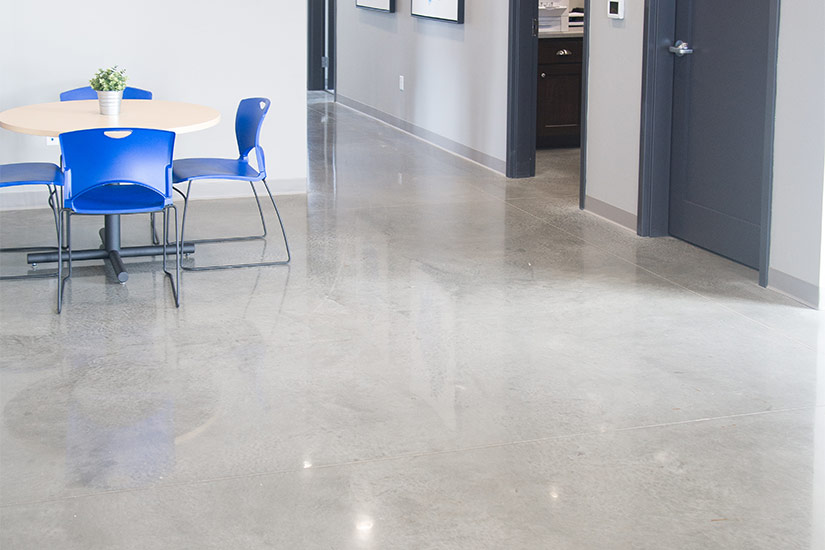
Unlock the Beauty of Your Space with Epoxy Flooring Queens' Concrete Polishing Services
Transform your space with Epoxy Flooring Queens’ concrete polishing services. Whether you’re a homeowner, business owner, or industrial facility manager, our expertise in concrete polishing can elevate your space to new heights of beauty, durability, and functionality. Don’t settle for ordinary flooring when you can have extraordinary polished concrete surfaces that stand the test of time.
Our team at Epoxy Flooring Queens is dedicated to delivering exceptional results tailored to your specific needs and preferences. We understand that every project is unique, which is why we offer a range of services, from residential to industrial concrete polishing, to suit your requirements.
Why wait? Take the first step towards transforming your space today
Contact Epoxy Flooring Queens today to learn more about our metallic epoxy flooring services and transform your space into a masterpiece of durability and style.
